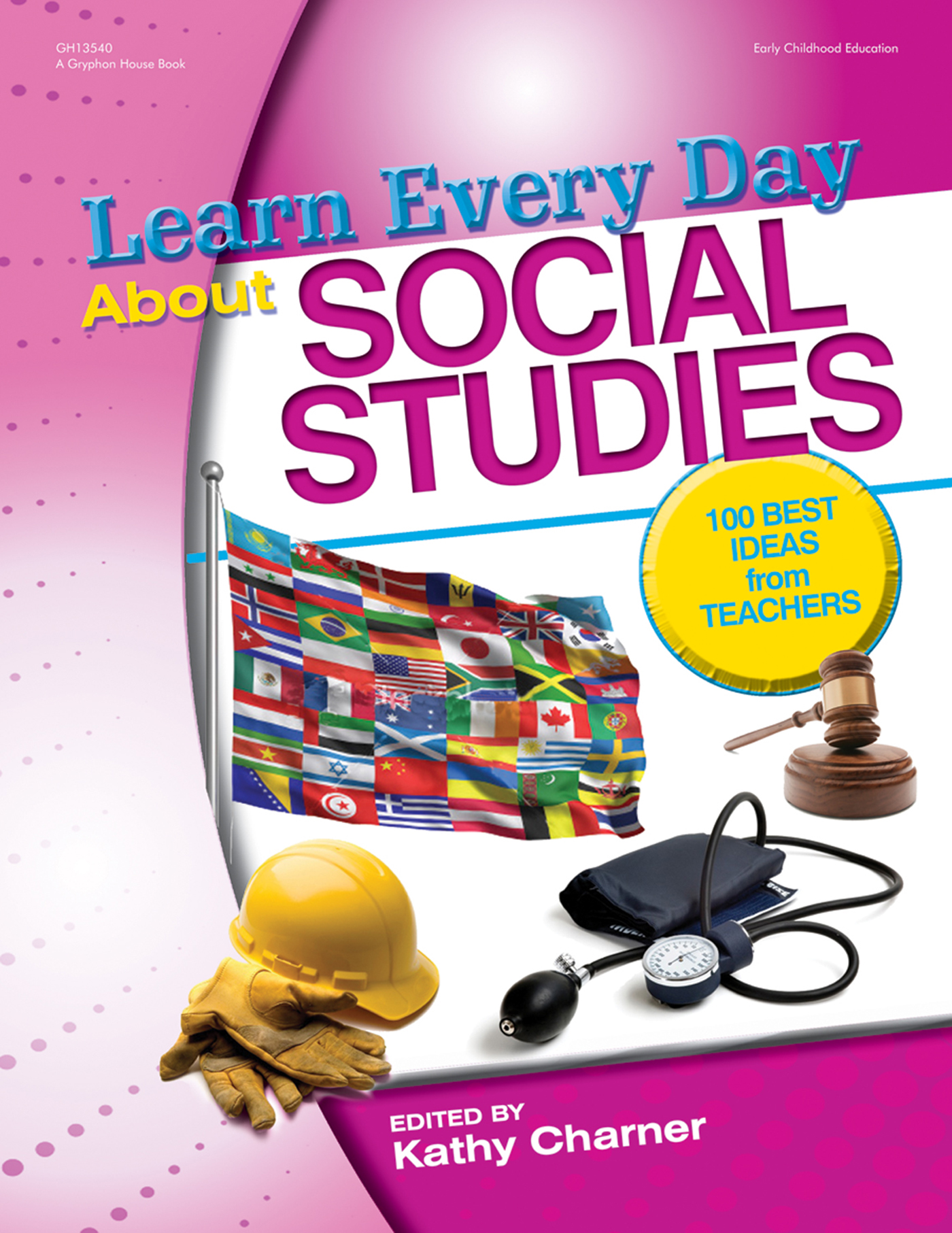Materials
- none
What to do
1. Explain to the children that a neighbor is anyone who lives near where they live. A neighbor could be someone who lives or works in their town. Ask for examples of neighbors, such as store workers, police, letter carriers, people next door, and so on.
2. Discuss different ways to say hello, or greet people, in a friendly way (smile, wave, shake hands, speak with kindness), and why it is important to be friendly to neighbors.
3. Teach the following song with all the motions:
Hi, Neighbor by Kay Flowers
(Tune: "Head and Shoulders, Knees and Toes, Knees and Toes")
I smile at people that I see...on the street. (trace smile on face with fingers)
I wave to neighbors that I meet...on the street, (wave to one another)
Being friendly is the proper way to greet; (shake hands with those on either side)
So smile at people on your street...on your street. (smile and wave)
Teacher - to - Teacher Tip
l Use this song as a fun transition as children walk from one activity to another, down a hallway, or out to the playground.
Assessment
To assess the children's learning, consider the following:
1. Do the children greet others outside their own classroom?
2. Can the children sing the song and do the appropriate motions?
-Kay Flowers, Summerfield, OH
Instructions
l Cut out the pictures of people in various professions.
l Make color photocopies of each so there are pairs of all the pictures.
l Paste each individual picture to identical pieces of card stock paper.
What To Do
1. Gather a few children together and lead them in a discussion about various
people who have important jobs in the community.
2. Ask the children to say what kinds of jobs they want to have when they grow
up. Talk with the children about why certain jobs are necessary and what they
contribute to the community.
3. Show the children the occupation cards.
4. Set out the pairs of cards face-down in two rows in front of the children.
5. Have one child pick a first card, flip it over, and say what profession the
picture shows.
6. Have a second child flip a second card and identify its profession. Ask the
children if the professions match. If they do, leave the two cards face up. If
they do not match, put the two cards face down.
7. Have the children continue to do this until they have found and identified all
the matching pairs.
Assessment
To assess the children's learning, consider the following:
l Can the children identify the various occupations listed on the cards?
l Are the children able to remember the locations of and match the various
occupation cards?
